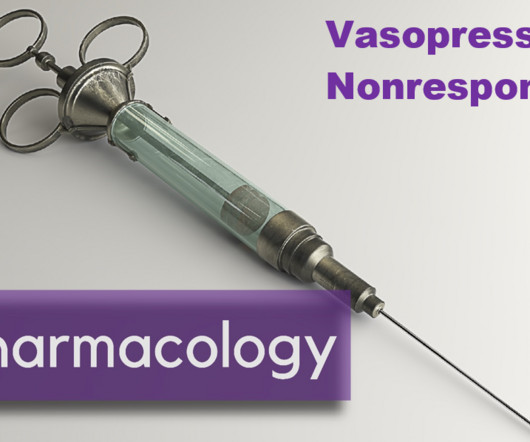emDOCs Podcast – Episode 85: Tricky Cases Part 1
EMDocs
SEPTEMBER 6, 2023
Learning points: Consider differential – sepsis, thyroid storm, thalamic stroke, exertional and classic heat stroke, serotonin syndrome, neuroleptic malignant syndrome, sympathomimetic toxicity, and anticholinergics. Resuscitate and administer antibiotics. Start resuscitation early with vasopressors, antibiotics.














Let's personalize your content